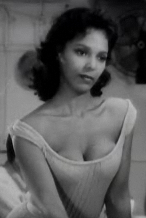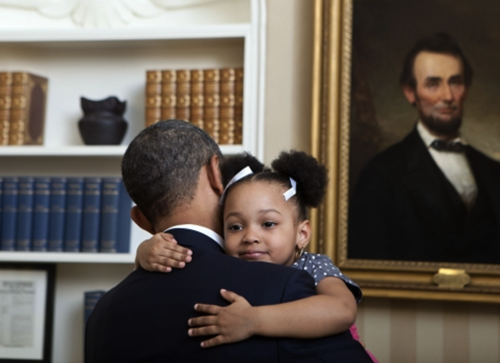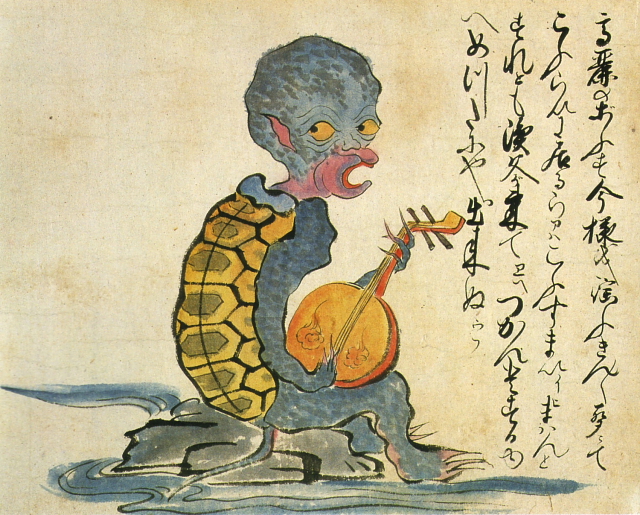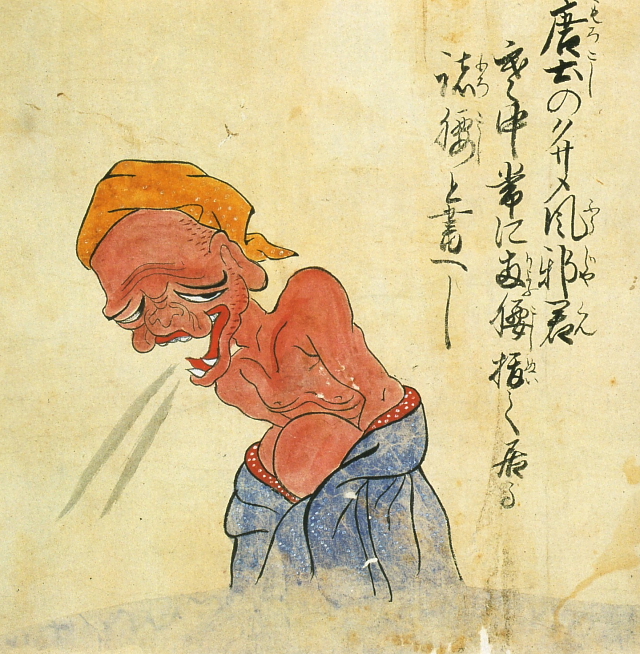Shout out to my girl, BB, for discovering this most excellent advertising treasure (one person's treasure is another person's trash), I took the screenshot around 1p.m. 5/17/2012:
And to all my friends who have had most excellent and varied reactions to this...
BB: Nooooo! The front page of J.Crew right now features the 'people
(children) of color as props' advertising trope. AND, of course, they're children, so it brings up that whole colonialism/paternalism
thing.
http://www.jcrew.com/index.jsp
JF: I agree this is a huge disappointment for jcrew I really expect more
from them. But at least they're better than Anthropology and free
people's catalogs. I eagerly flip through them each month to marvel at
how 'post racial' our country has become.
KJ: Oh
hey! Sol's also on a trip through Indonesia right now (though not Bali,
afaik). We'll have to ask him how post-racial the country is and see
whether he found any of the colorful children of Ubud to use as photo
props too.
Definitely fishy business going on here. Screenshot @ 5/18/12 at 12:33 AM from
http://www.jcrew.com/AST/Navigation/bali_adventure.jsp
It's like there is no cultural memory allowed for consumers/shop viewers regarding what it means to but a bunch of smiling (and a few sad--that woman to the male protagonist's left knows what's going on) brown people around a happy tourist white (hetero) couple. Give yourself, and your shoppers, some credit, J. Crew.
The 'fun and fancy-free' tilt, pictured below, to these photos scattered thereabout gives it a travelogue feel. Or is it that, white-contact-colonialism feel? You tell me. Whatever it is, boy it sure is exotic! But wait a minute--why are there a few more non-white (J)Crew that
aren't the main characters of this adventure? Perhaps it must be an aesthetic choice, since it would not be exotic enough to have *all* the people in the picture be brown.
In 2012, I think it should be clear to America, J. Crew, and whosoever is making these advertising images, that:
- there are more people than white people that shop at J. Crew
- there are people of every color who could go to Bali
- there are brown people everywhere, and they don't have to wear exotic costumes to be valid brown people.
- putting a bunch of brown ethnic people in their traditional context to offset the modernity of the white protagonists is PLAYED OUT.
While upon further inspection of the Bali Adventure it appears that J. Crew did a bunch of cultural research (in order to sell exotically themed clothing, or at least, clothing that
looks good on tourists/modern people going on a safari adventure). Don't get me wrong. I am all about cultural exploration and appreciation, but what is the line between exploitation and education here?
I might add there are
two/three(?) images of a woman of ambiguous beautifully brown skin tone sporting J. Crew clothes, however--
--it's still the same ole, same ole annoyance (Cultural representation with limited
visible ethnic participation/self-representation), with the message being approximately: "isn't cross-cultural contact swell? We get to experience another culture in a non-threatening, palatable manner, and they're sure happy about it!" I really doubt I would have been as annoyed if I had seen other "American tourists visit Bali" in the main images who were multiracial--like the true Crew was. Hanging out with other brown folk in a different country. Really not a big deal but apparently that is too earth-shattering and doesn't send $268 tweed jackets flying off the shelves (?)
It is telling that with all the photo shoot objects pictured, the clothing accentuates how modern and boring/white the tourists are, while the lifestyle accessories (The Culture of Bali--flowers, Spirituality, Mangosteen a.k.a. candy) remain exotic as ever. Oh, haha! Look at us evoke the colonial past! Isn't that so wonderfully modern?
Not really: "In 1597 the Dutch explorer Cornelis de Houtman arrived at Bali and, with the establishment of the Dutch East India Company in 1602, the stage was set for colonial control two and a half
centuries later when Dutch control expanded across the Indonesian
archipelago throughout the second half of the nineteenth century...Dutch political and economic control over Bali began in the 1840s on
the island's north coast, when the Dutch pitted various distrustful
Balinese realms against each other.
In the late 1890s, struggles between Balinese kingdoms in the island's
south were exploited by the Dutch to increase their control."
Way to reach back to historical roots, J. Crew! What a throwback.
For now I'm sticking with
Macy's.








_-_The_Moneylender_and_his_Wife_-_WGA14281.jpg)





























